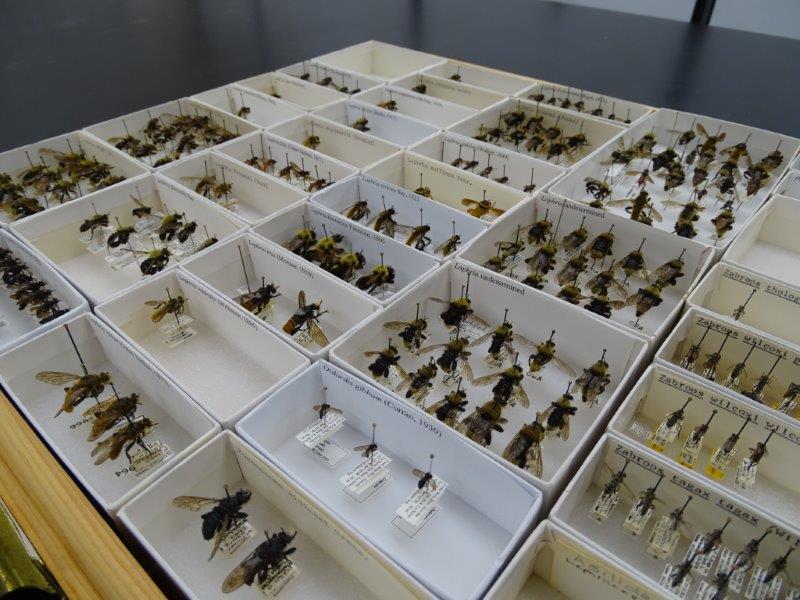
California agriculture feeds the world. Entomologists with the California Department of Food and Agriculture’s (CDFA) Plant Pest Diagnostics Center are tasked with protecting the state’s food supply against native and foreign pest insects. This includes hunting for insects at home and abroad that pose potential environmental threats and identifying specimens submitted by various agents and the general public across the state. These specimens make up the California State Collection of Arthropods (CSCA) and are available for future studies.
The CSCA is also part of the CalBug consortium – a collaboration of California’s eight largest arthropod collections – which provides a broader view in time and space than any single institution alone. California has the greatest biodiversity of all states in the US, but at the same time it is not very well known compared to the eastern states. It is important to know what species are native to California, to better understand and detect the invasive species. By analyzing changing distributions of insects over time with respect to land use (agriculture, urbanization, water ways, etc.) and our changing climate, we can better predict and prevent pest outbreaks, know where and when to look for new invaders, and encourage beneficial insects to aid in pollination, pest control, and nutrient cycling.
Our latest expedition series, “California Food and Agriculture”, includes species from several insect families that are important to agriculture and forestry. The often colorful Tephritidae or “fruit flies” include some of the most important agricultural pest species, as well as a diverse set of native Californian species that do not pose pest problems, but are a crucial part in the complex web of life. Bombyliidae (bee flies) are important pollinators, while Asilidae (robber flies) are predators as adults and in the larval stage on other insects. Buprestidae (metallic wood-boring beetles or round-headed borers) typically infest dead or dying trees and accelerate the recycling of nutrition in the ecosystem. California has great diversity of native species, although some non-native pests in this family attack and kill live trees. Understanding and documenting the native fauna is critical to help combat pest species. By helping us capture data in our newest CalBug expedition, you will be helping to protect California’s Food and Agriculture as well as California’s extraordinary biodiversity!


